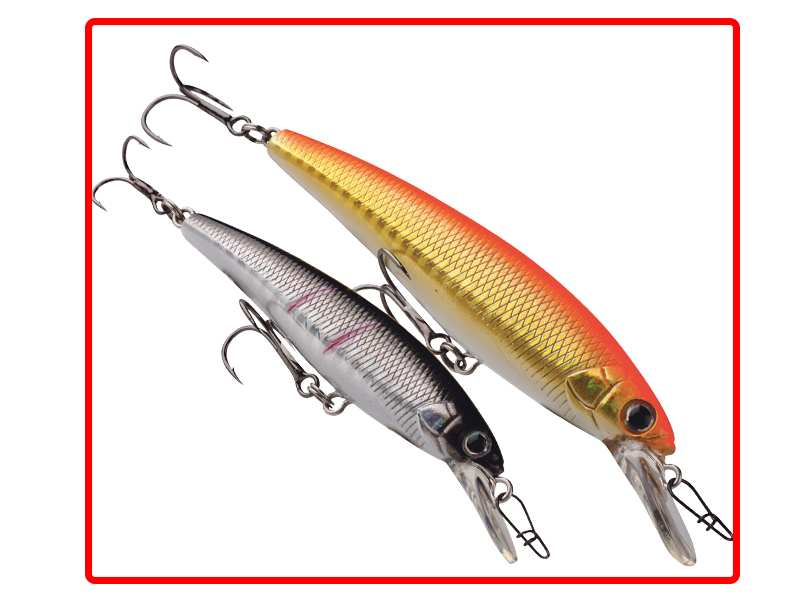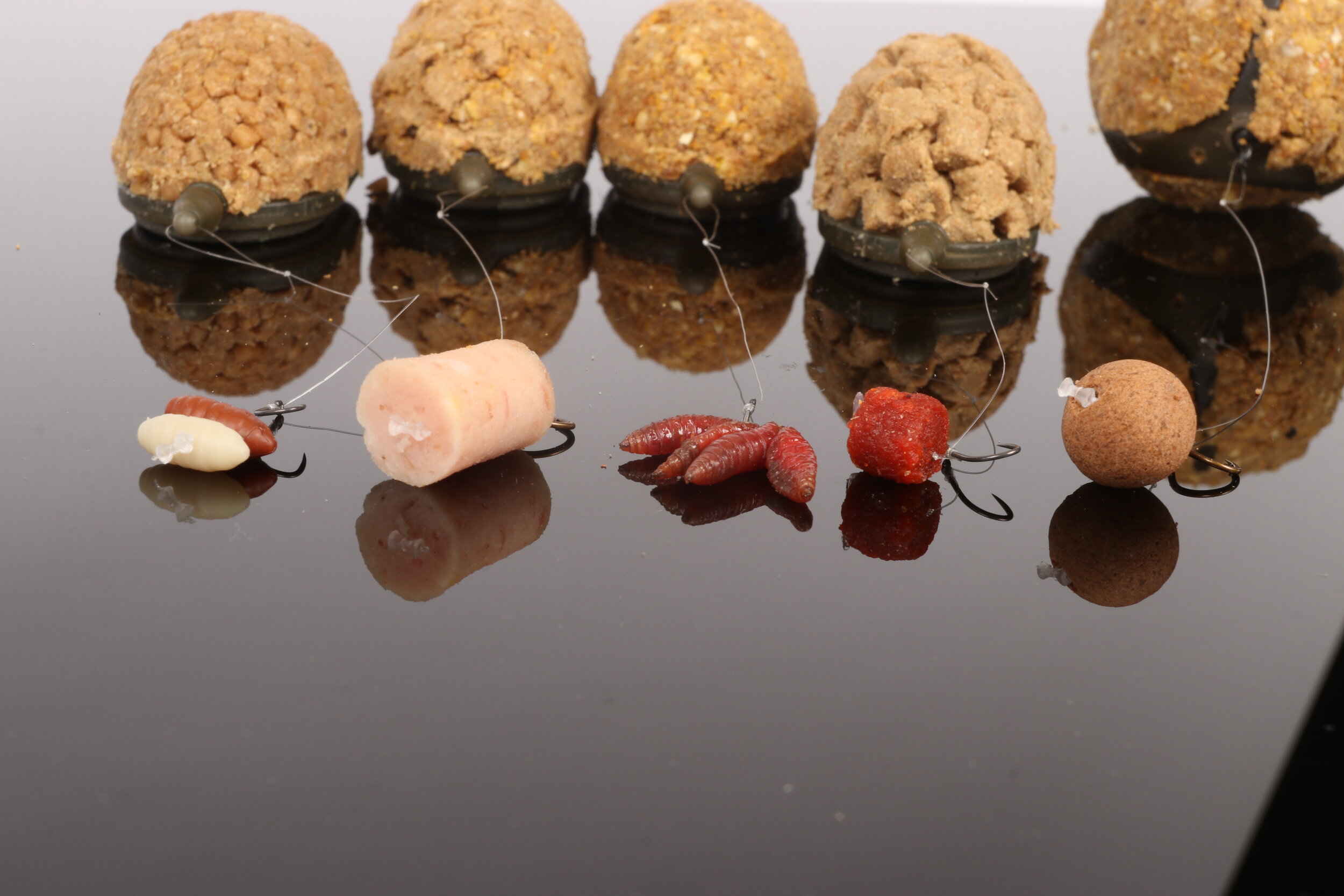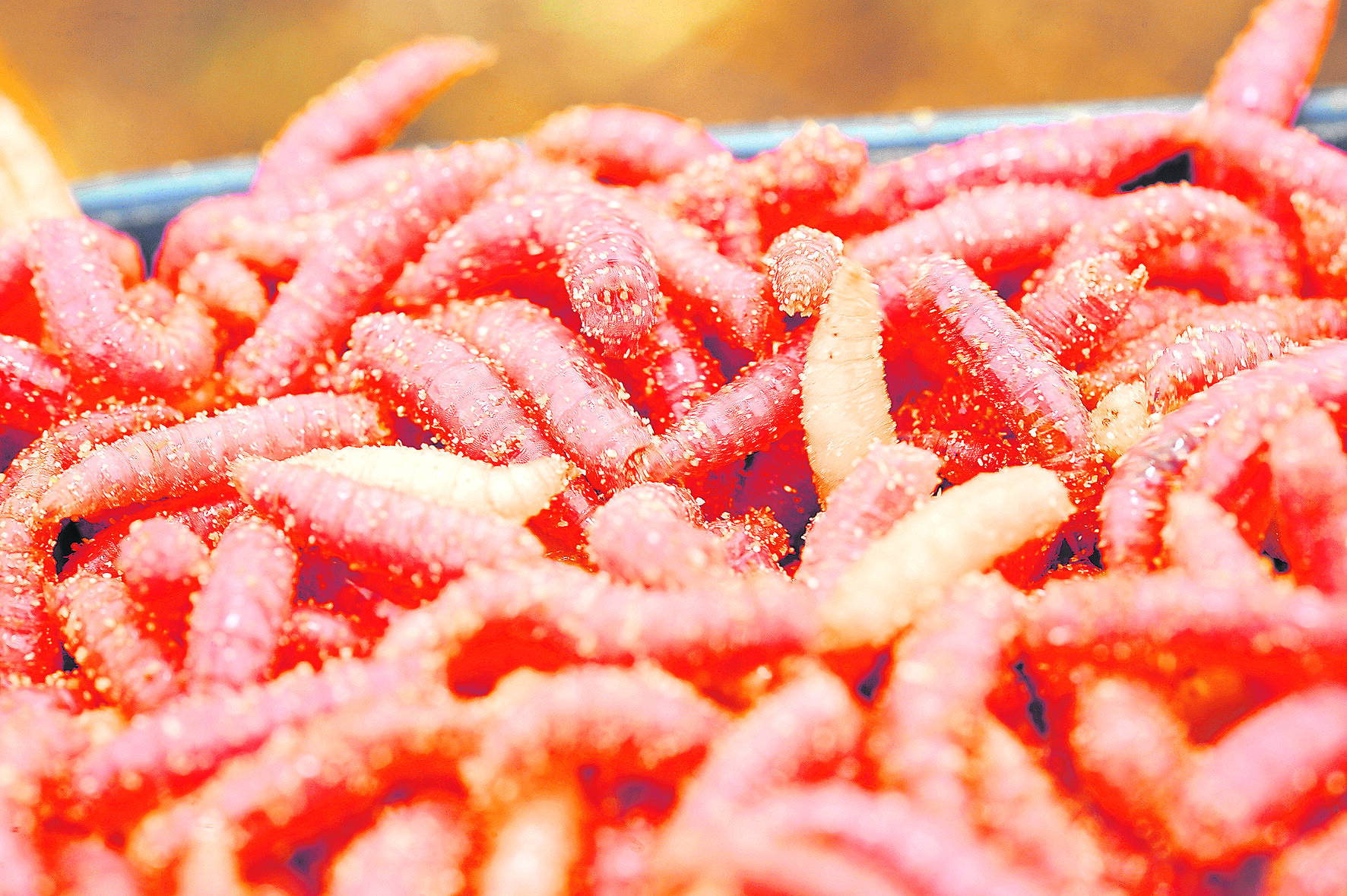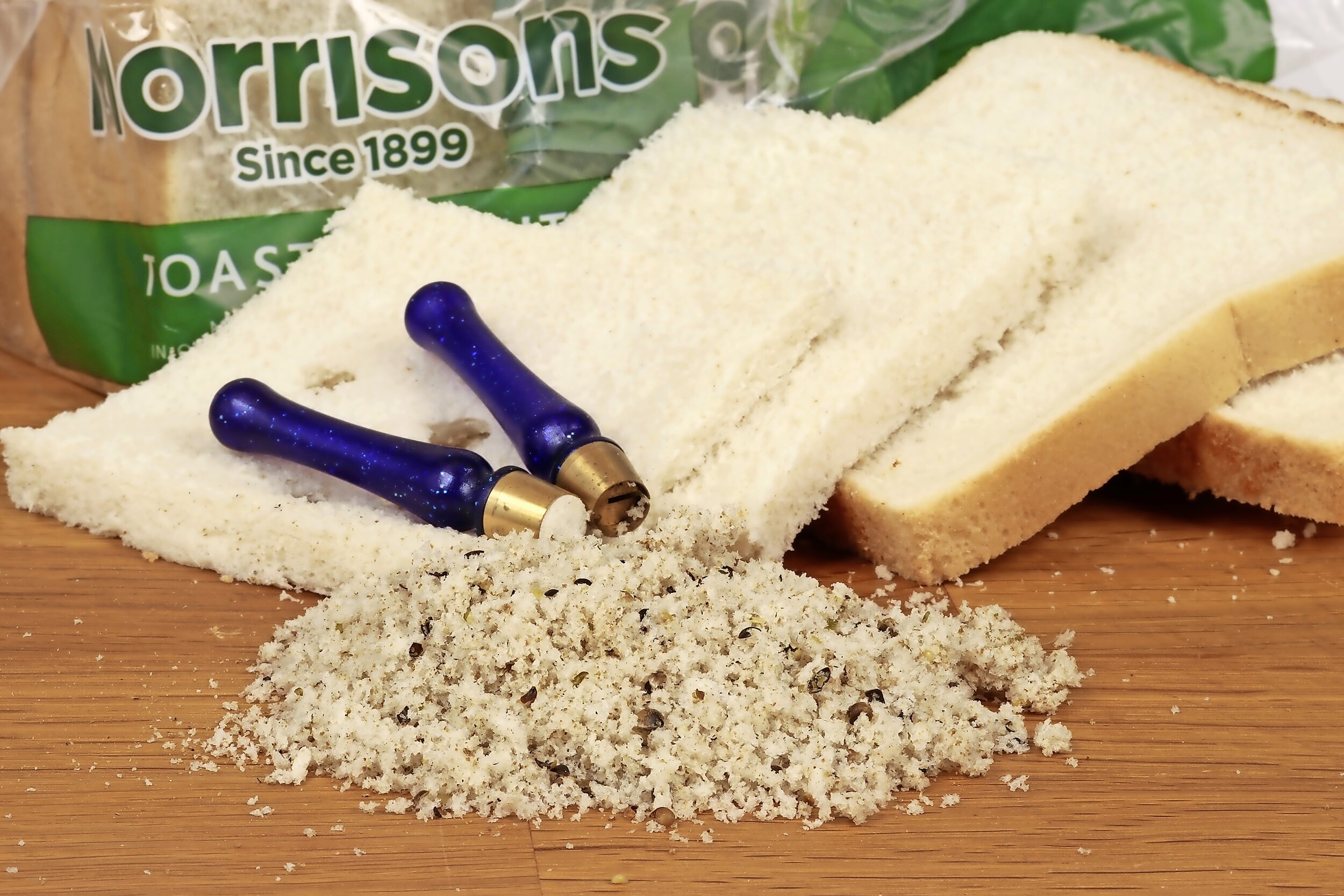Best baits to use to catch big perch
With the cold weather upon us it is time to start thinking about big perch and what baits to use when trying to lure a a PB into your net. We have taken a look at the best baits to be using right now when it comes to catching big perch.
For more great tips from top anglers head to this year’s The Big One Show
Worms
Few perch can resist a worm, with big lobworms picking out the specimens, while smaller redworms will catch smaller fish when the going is tough.
Lures
Perch will always chase a lure around, and small spoons and spinners take their share of fish – just be sure to use a wire trace in case of pike.
Livebaits
If fishery rules allow, a small live roach or minnow fished under a loafer-style float will produce, fished close to ambush spots.
Prawns
Commercial fishery perch seem especially fond of a tiger prawn fished on the float or sometimes freelined at close range.
CRUNCHY CRUSTACEANS
Signal crayfish are a scourge, but where you find these invasive crustaceans you also find big perch.
You can mimic crays with a raw peeled prawn, even on venues that do not hold crayfish. You don’t need very many prawns for a days fishing – I cut each one in half for a more manageable bait. Even so, a size 8 hook is required to match the bait size.
I never feed whole prawns, as they are very filling. On a cold day a perch might only need one to fill it up. Instead, I recycle used hookbaits by finely dicing them with scissors and feeding this ‘mush’ a little at a time.
If you are roving around and fishing several swims, a good tactic can be to introduce a bit of bait into the next swim before fishing it. Don’t go mad – a single mashed-up prawn or two chopped worms will be plenty to get the perch looking for more without overfeeding them.
Worms
I’VE yet to find a better bait for perch than the humble worm. The only problem is that they can be too good, and on venues with a lot of other fish it can be impossible to get through to the perch. On rivers in particular, though, worms reign supreme. Dendrobaenas are good, but there’s no denying that a lobworm is better by far.
With this year’s dry summer collecting lobworms has been difficult, but fortunately you can buy them easily, either from your local tackle shop or via mail order.
Lobworms are not a cheap bait, but as with prawns you don’t need many for a perch session. I will feed dendrobaenas and save the lobs for the hook to keep the price down, often using half a worm as a hookbait.
If I am floatfishing or planning on recasting a leger regularly I will simply hook the worm once through the saddle. The odd one will wriggle free, but this can be solved by hooking a maggot on after the worm to secure it.
When I expect the baits to be left out for longer, I will switch to a hair-rigged worm, using two Quick Stops to hold it on the hair.
This is a very effective presentation that allows the hook to be scaled down to a size 12 and gives very easy-to-hit bites, as the perch tend to hook themselves.
Attraction
Big perch will often be found in small groups, and it is important not to introduce too much bait. I am sure that on occasion my chances have been ruined when I have given the fish a few mouthfuls of food, which has been enough to satisfy their hunger.
Rather than try to attract the perch these days I focus on attracting their prey, especially on commercial fisheries, where small silver fish are top of their menu. A regular sprinkling of maggots will attract small roach, which in turn will get the perch active. In clear water try adding a small amount of groundbait too, as this will pull in more small fish.
Big perch really are a sight to behold, particularly on a frosty morning. I bet you can think of a few venues close to home that hold some nice fish, so what’s stopping you?
With just the simplest of tactics and a few well-chosen baits you could soon be putting the net under a plump stripey.
STORING LOBWORMS
Lobworms aren’t cheap or that easy to collect at this time of year, so it pays to look after them well.
Use a large bait tub with holes in the lid and add plenty of damp leafmould, some shredded newspaper and a little soil. Store the tub out of the sun in a cool but not freezing spot, and change the mix every week to keep the worms alive for several months.
















